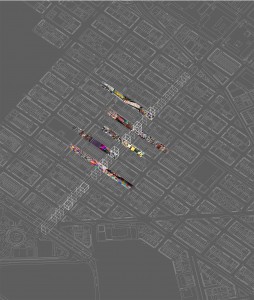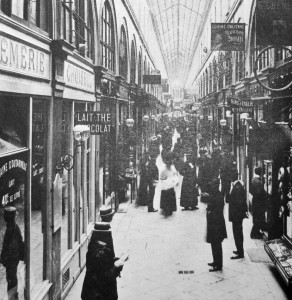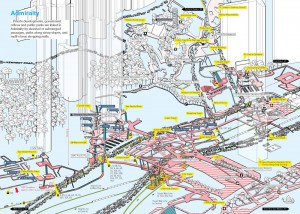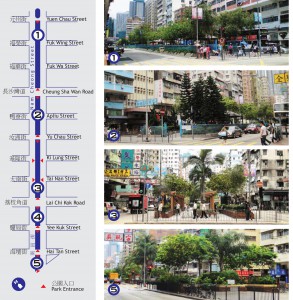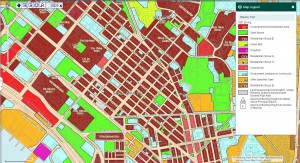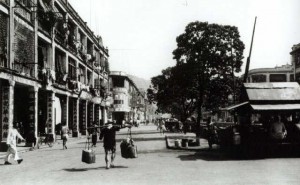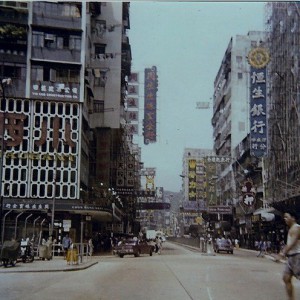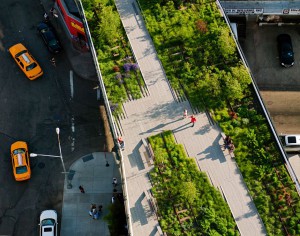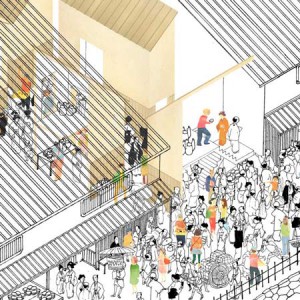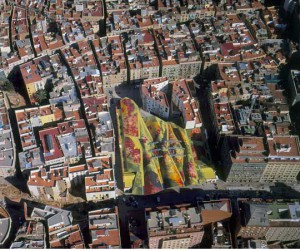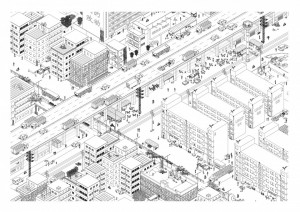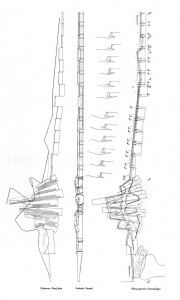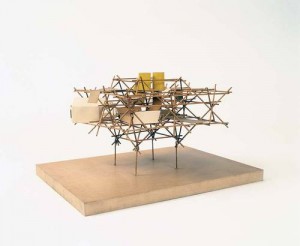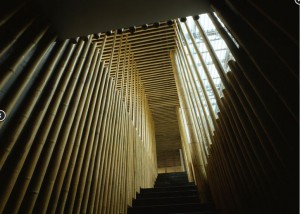CONSUMING PLACE in HONG KONG
|
Thesis Statement A city is inhabited by collective individuals while a place is defined by their activities in the public realm. With the modernist’s take in defining functional zoning of the city and programs within buildings, activities are restricted and therefore against possible definition of a place. With Rem Koolhaas prosthesesd “Shopping is arguably the last remaining form of public activity”, this thesis will examine the consuming culture in space and time within the shopping paradise,Hong Kong and argues whether it is possible to maintain a sense of place within globalized consumerism and capitalism. Why (Arcades Project; City without Ground) Commodity Consuming Architecture Modern rational urban planning has been regarded as a totalitarian utopia, segregating the urban dwellers by the efficient mechanical automobile network and dividing urban life into discrete functions. The planning builds on tabula rasa, uprooting the existing culture and fails to adapt the progressive change of society and individual’s choice. In Arcades Project, Walter Benjamin record and critique the bourgeois experience of Paris in nineteenth-century by focusing on the arcades, glass-roofed rows of shops that were early centers of consumerism. In the context of Hong Kong, the mixed-used podium-tower corp orating mostly with shopping malls or The Link (government-subsidized private company) are the contemporary models of commodity consuming architecture which intends to maximize the profit by internalizing all the buying activities and homogenized the chain-stores and shore the exchange value of commodity. City without Ground researched on a lateral view on the phenomenon of the capital-driven three dimensional spatial quality with pedestrian networks joining different programs in Hong Kong. Shopping malls as one the major elements providing the nodes to be connected, are the main source of capital for the pedestrian infrastructure, which constitutes the complex private and public spatial relationship. Consuming Culture in Hong Kong – Sham Shui Po : The New Consuming Place My thesis will examine the contemporary consuming culture comes up in different times, specifically in Sham Shui Po, which is one of the most early developed district in Hong Kong, containing the most variations of consuming typologies in Hong Kong : ‘檔’ (hawker-bazaar) and suggest a new typology of commodity consumption architecture that link to the place and alter the mode of consumption through understanding the manufacturing process. What (Tree & Landscape Map by Development Bureau; Outline Zoning Plan of the site; Site in 1950 & 1970;High Line, New York,2009;Ceramic Market, Tsuyoshi-Kawata, 2010;Santa Caterina Market renovation, Enric Miralles, 2005) Nam Cheong Street Sitting-out Area The site is a linear strip of around 750m x 12m in Sham Shui Po consisting of six small rectangular parks that are situated between two carriageways along Nam Cheong Street with buildings no taller than 90m. Under the OZP, it does not fall into any category of function and have the possibility of designing beyond existing sitting out area. Historical Perspective Current Situation Design How (Pixal, Map Office, 2006; Plan as Map, Enric Miralles; La Ville Spatiale, Yona Friedman, 1960; Commune By The Great Wall, Kengo Kuma, 2002) |
